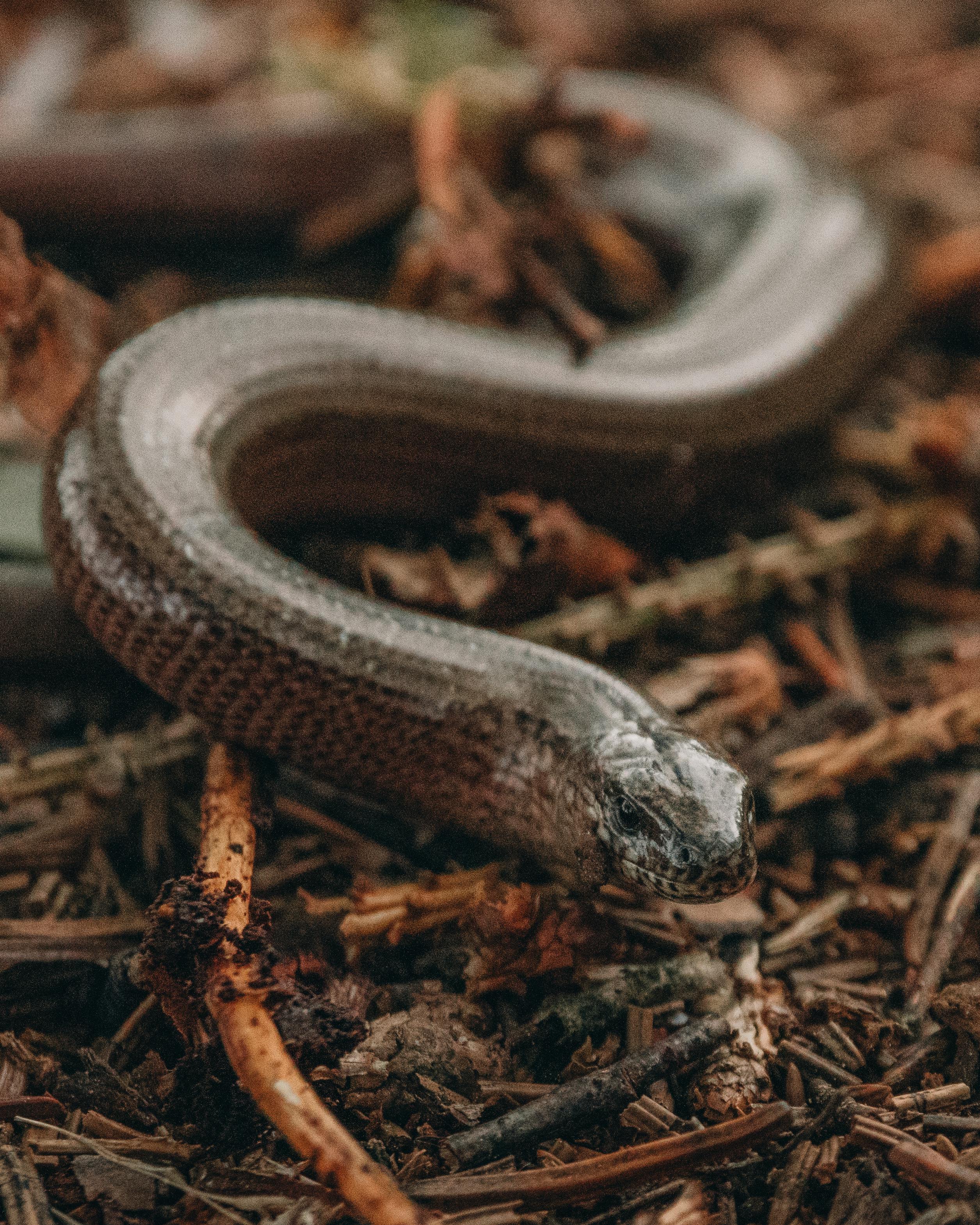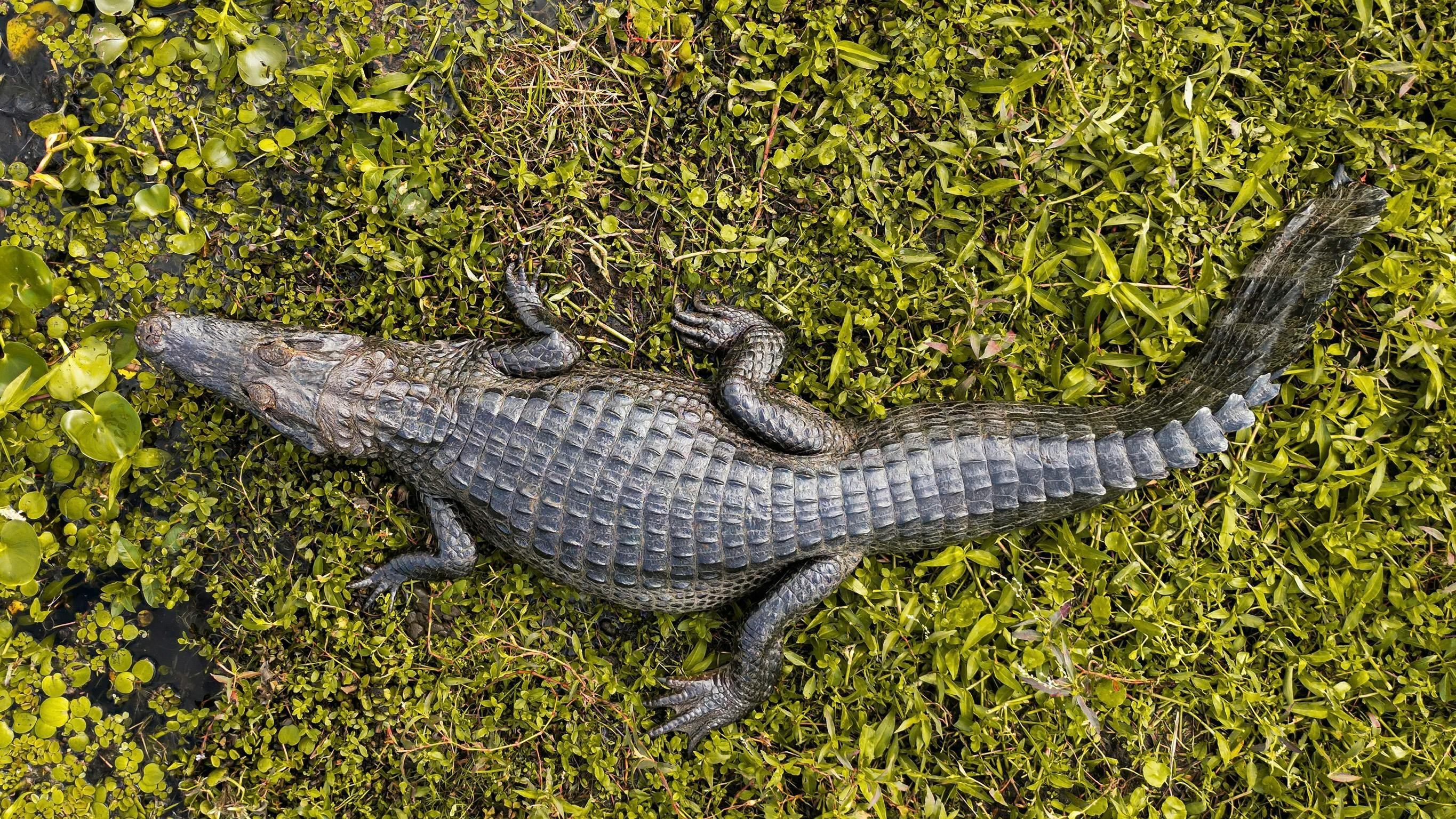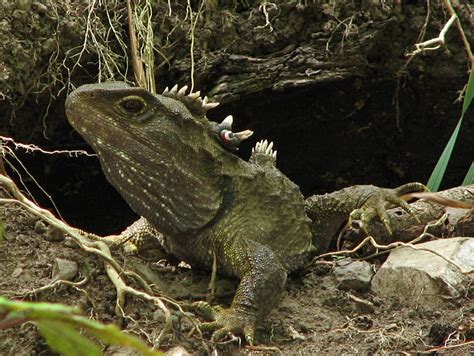
Squamata
Snakes and Lizards
Snakes and lizards are so closely related that they are both classified into the same order, Squamata. Squamata consists of scaled reptiles, including the 6 suborders of Gekkota, Scincoidia, Lacertoidia, Anquimorphia, Serpentes, and Iguania. These include snakes, lizards, and legless lizards. To clear up a common misconception, legless lizards are not snakes. Some identifying characteristics of snakes vs. legless lizards are: Snakes have belly scutes that look different from the rest of their body. Snakes do not have eyelids. Snakes have shorter tails. (The tail starts at the cloaca and then goes to the end of the animal), etcetera. With that out of the way, Squamata is the largest reptile order in terms of species, with over 10,900 species. It is also the newest order out of the 4.

Testudines
Turtles and Tortoises
Testudine reptiles are encased in a body shell and plastron. This includes turtles and tortoises. It contains 14 families of turtles. Some easy and main ways to tell tortoises from other turtles (tortoises are turtles, but not all turtles are tortoises ) are that tortoises tend to live on land and have more domed shells. Tortoises also tend to live longer (the longest-living turtle is the Galapagos tortoise). They tend to be larger. (Even though the largest turtle is the loggerhead turtle), this is as opposed to turtles who have more flat, aerodynamic shells to live underwater. Turtles also tend to be smaller.

Crocodilia
Crocodiles, Alligators, Caimans, and Gharials
The crocodilians include alligators, caimans, crocodiles, and gharials. Crocodalia splits alligators and crocodiles into different groups in Crocodalia. The way to tell the difference between alligators and crocodiles is very simple. The main way I personally use is that the snouts of crocodiles are more triangular than alligators, and alligator snouts are wider. (Gharials' snouts look like straight lines and are very easy to tell apart from that.) Another way to tell is that crocodiles often have more teeth showing from the side of their mouth than alligators. In addition, caimans are often smaller than alligators, crocodiles, and gharials.

Rhynchocephalia
Tuataras
Rhynchocephalia included only one extant species. The tuatara (Sphenodon punctatus) is native to New Zealand. They have internal ears and unique scalation that separate them from lizards, among other traits.